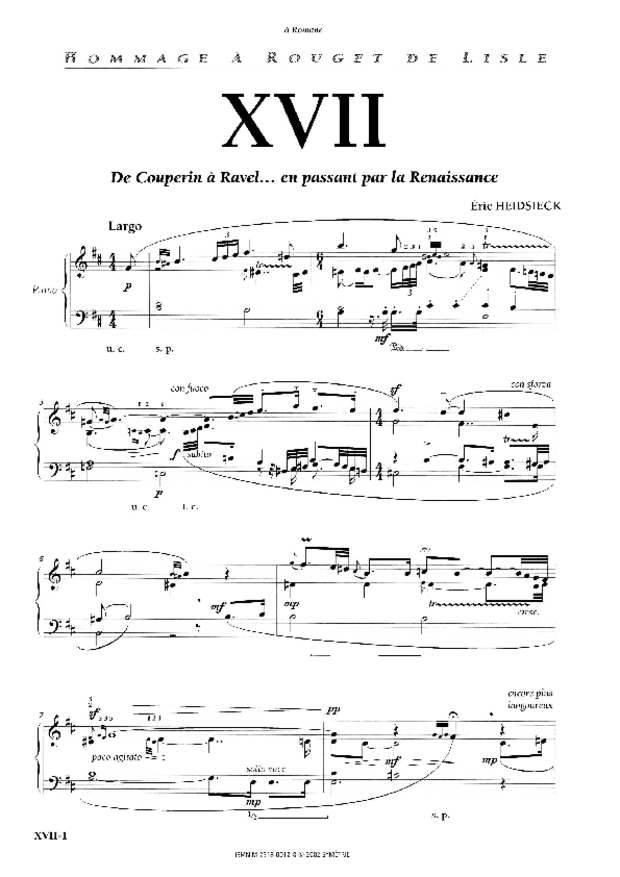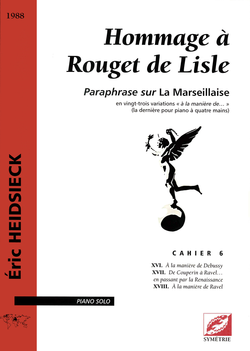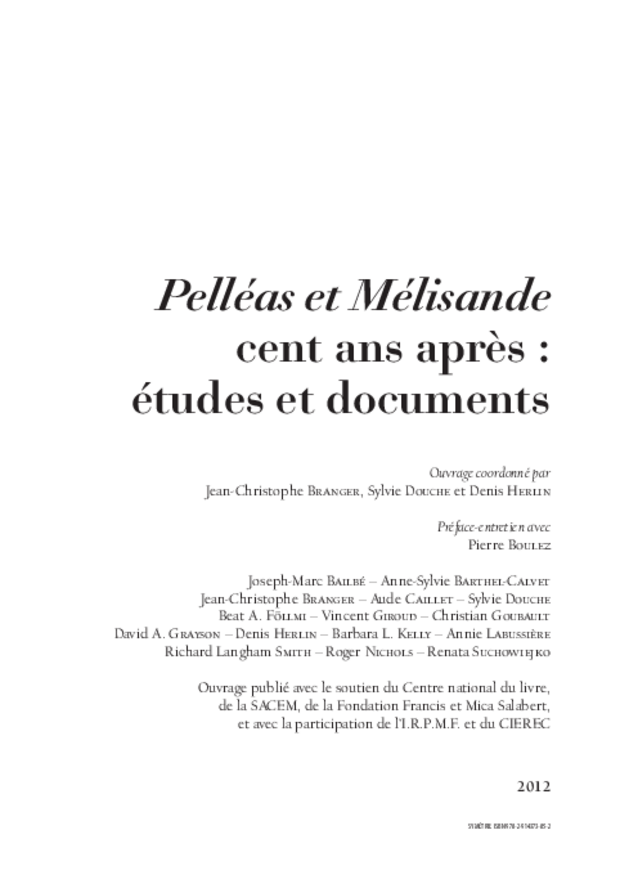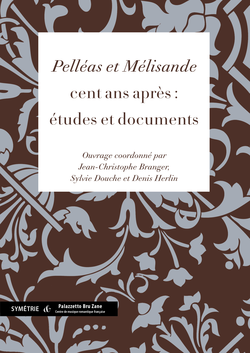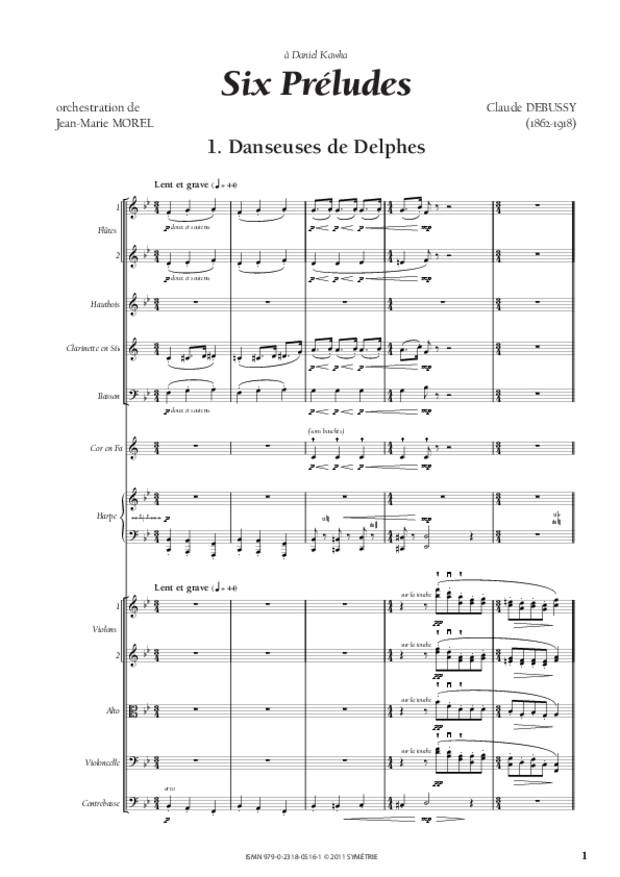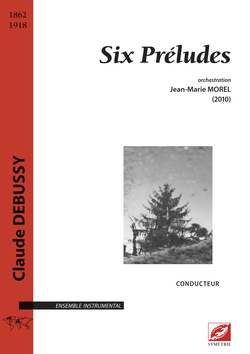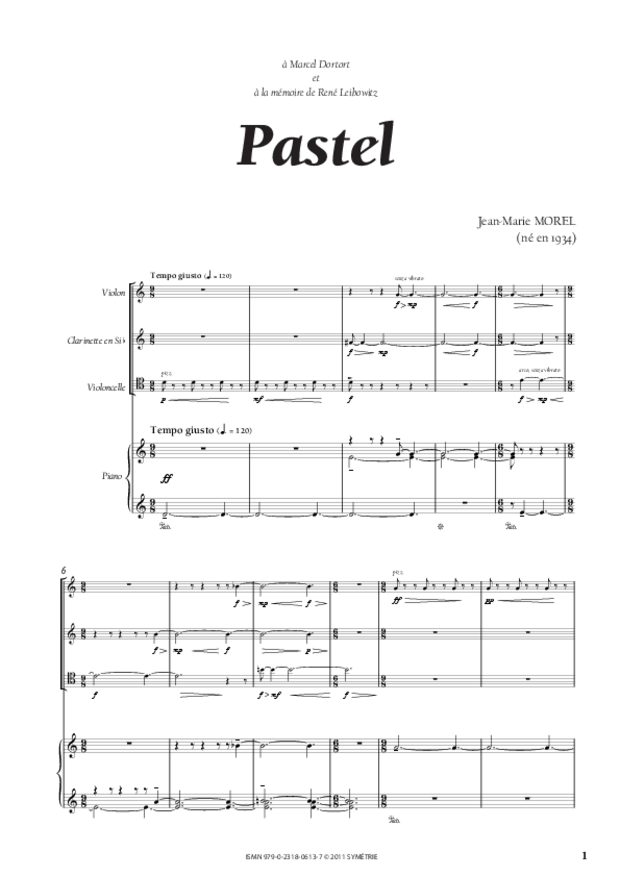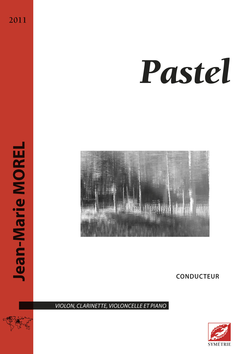Debussy published in 1915 the Six Épigraphes antiques for four-hands piano (as well as a version for two-hands piano) written from the themes of an incidental music composed 15 years earlier. This music was meant to accompany the recita- tion of the Chansons de Bilitis of his friend Pierre Louÿs and should not be mistaken with the 3 eponymous songs.
In 1990, I had the idea – after many others! – to write an instrumental version of these Épigraphes for the teachers of the National School of Music in Chalon-sur-Saône, of which I was then director. I obtained the score of the original inci- dental music, very much different from the Épigraphes for it is constituted of short fragments written for 5 instruments: 2 flutes, 2 harps and celesta. It confirmed my first idea to use 2 flutes and a harp, and I completed the instrumentation with a soloist string quintet and other wind instruments that the piano version seemed to suggest in terms of colour: oboe, clarinet, bassoon and horn.
In my opinion, the transcription is not an appropriation but rather some sort of reading and interpretation of a text that one finds moving: in this case, it is an attempt to explicit the colours existing behind the “black and white” of the piano keyboard!
Jean-Marie Morel
(translation Philippe Do)
Nomenclature
2 flûtes, hautbois, clarinette, basson, cor, harpe, 2 violons, alto, violoncelle, contrebasse
Table of content
1. Pour invoquer Pan, dieu du vent d’ été
2. Pour un tombeau sans nom
3. Pour que la nuit soit propice
4. Pour la danseuse aux crotales
5. Pour l’Égyptienne
6. Pour remercier la pluie du matin
All volumes
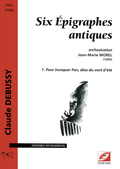
1. Pour invoquer Pan, dieu du vent d’été – vol. 1
ensemble instrumental
12 pages ·
ensemble instrumental · conducteur épigraphe 1 · €18.00
ISMN 979-0-2318-0110-1, Symétrie, May 2006
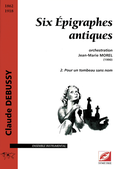
2. Pour un tombeau sans nom – vol. 2
ensemble instrumental
12 pages ·
ensemble instrumental · conducteur épigraphe 2 · €18.00
ISMN 979-0-2318-0111-8, Symétrie, May 2006
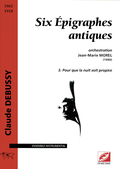
3. Pour que la nuit soit propice – vol. 3
ensemble instrumental
12 pages ·
ensemble instrumental · conducteur épigraphe 3 · €18.00
ISMN 979-0-2318-0112-5, Symétrie, May 2006
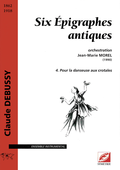
4. Pour la danseuse aux crotales – vol. 4
ensemble instrumental
16 pages ·
ensemble instrumental · conducteur épigraphe 4 · €21.00
ISMN 979-0-2318-0113-2, Symétrie, May 2006
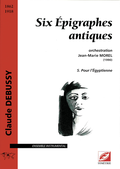
5. Pour l’Égyptienne – vol. 5
ensemble instrumental
12 pages ·
ensemble instrumental · conducteur épigraphe 5 · €18.00
ISMN 979-0-2318-0114-9, Symétrie, May 2006
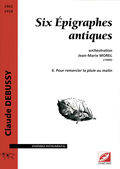
6. Pour remercier la pluie au matin – vol. 6
ensemble instrumental
20 pages ·
ensemble instrumental · conducteur épigraphe 6 · €23.00
ISMN 979-0-2318-0115-6, Symétrie, May 2006

ensemble instrumental
84 pages ·
ensemble instrumental · matériel · €120.00
ISMN 979-0-2318-0116-3, Symétrie, January 2006
